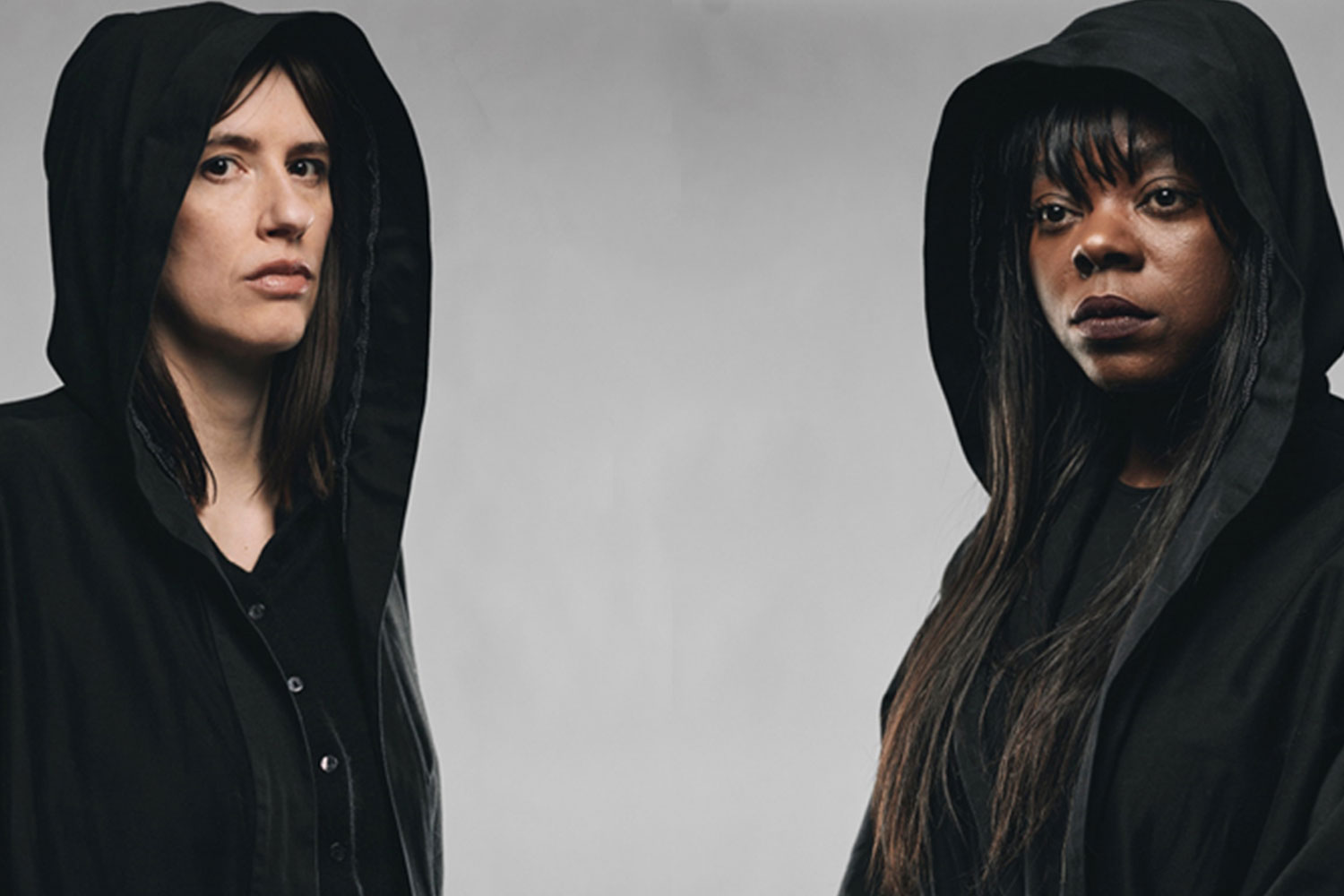Matthew Bourne’s Dorian Gray (Sheffield)
In a striking, modern interpretation of Oscar Wilde’s elegant novel of the hedonistic narcissism of eternally youthful protagonist Dorian Gray, Matthew Bourne uses a physical vocabulary that elucidates and analyses the ever-ready poses of the fashion world. Dorian Gray is a successfully audacious dance/theatre piece that presents Wilde’s morality tale to a new audience, as well as exposing and ridiculing our twenty-first century obsession with youth.
Using the familiar locales of brilliant white, austere fashion photography studios and dark, strobe-lit night clubs, set designer Lez Brotherston transforms the murky, cobbled streets of Victorian London into a recognisably modern landscape of conceit.
The characterisation is superb; Dorian’s blitheness in the first scene – clad only in a pair of white boxer shorts – is followed by initial coyness after his discovery by Basil, the photographer, whose shots catapult Dorian to fame and fortune. In a crucial scene that sets Dorian on a fateful path, Dorian’s solo becomes a duet, with Basil’s camera for a partner, and the noose he creates with its strap neatly foreshadowing the eventual self-destruction his vanity brings upon him. The sexual frisson between Dorian and Basil is played with vibrant leaps and bounds by Richard Winsor and Christopher Marney respectively, and their athletic duets chart the move from the dominance of Basil to the sexual compulsion Dorian holds over him.
Lady H takes on the role of corrupter in lieu of Wilde’s Lord Henry Wooton; Michela Meazza’s Anna Wintour-style model agency boss slides across the stage with recognisable arrogance and haughty sophistication, a credible source of temptation for Dorian Gray.
The socialites of Wilde’s set become a fawning, slippery bunch of preening fashionistas and movie starlets, touting sunglasses and pretentious black leather jackets or suits, and the trend of the moment, outrageous thigh-high boots even make an appearance. Their dancing is deliberately self-aware, with angular movements precisely measured out, calculated in their mimicry of Lady H.
The band’s well-deployed musical accompaniment adds to the strong narrative drive, whether it be an insistent drumbeat under angry bass lines to chart Dorian’s frantic search for fulfilment, in the form of numerous sexual encounters with fleeting forms of scantily clad dancers; the rapid techno and trance music that a cluster of vapid models pout and strike poses to; or tension-fuelled African drumming which creates a sensual, close atmosphere during the duet between Dorian and Lady H in her bedroom.
Bites of humour are to be found amongst the doomed trajectory of Dorian’s upward social path: the billboard of Dorian, his bulging arms braced behind his head in typical model pose, which advertises the scent “Immortal: Pour Homme” elicits a self-admonitory laugh at our own preoccupation with youth and aesthetics. It further serves as the portrait through which Dorian’s corruption is revealed, its peeling paper increasingly defaced with graffiti-esque scrawls.
-Vicky Ellis










